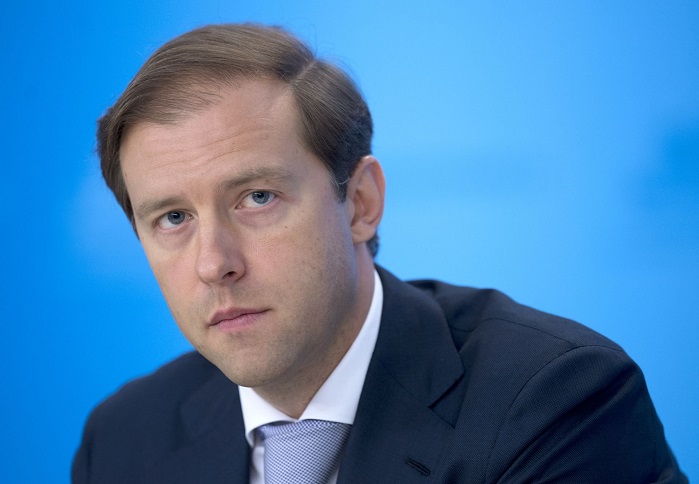Denis Manturov, the Russian Minister of Industry and Trade.
Russia’s technical textiles industry may face a shortage of raw materials this year, after government and business plans have so far failed to resolve the country’s dependence on imports. This is despite the fact that the development of domestic production of synthetics fabrics has been declared as one of the government’s top priorities and is part of the ongoing state programme entitled On the support of light industry in Russia.
Reducing dependence on imports
Several years ago, the Russian government announced its plans to reduce the dependence on imports in the synthetic fibres segment by building a new large-scale production facility in the Ivanovo region – a leading textiles production centre in the country. The new facility was to focus on the production of polyester fibres, as well as other raw materials, which are used in domestic technical textiles production – especially textile grade PET chips.
Known under the name of JSC Ivanovo Polyester Complex, the project was to have the capacity to produce up to 175,000 tons of polyester fibres and 30,000 tonnes of textile PET granulate per year. Construction was due to start 2017 and the plant was to be commissioned in 2020. Building costs were estimated at US$ 350 million, and the majority of funds were to be provided by one of Russia’s largest state-owned banks, most likely, VTB.
However, the project was suspended, and It is believed that this was related to the lack of state guarantees to the lender. There is still a possibility that the decision will be revised in the coming weeks and that work on the project will resume. The new plant, however, will be most likely built in the Bashkiria Republic instead of Ivanovo, with machinery and equipment being ordered from the German company Uhde Inventa-Fischer, which is part of ThyssenKrupp Industrial Solutions.
The majority of its future output would be intended for the needs of the domestic market (130,000-140,000 tonnes), while the remainder would be exported, primarily to Italy, Germany, Poland, and Czech Republic.
Demand for synthetics fabrics
In recent years, the demand for synthetic fabrics in Russia has increased significantly and still continues to grow. According to data provided by Denis Manturov, the Russian Minister of Industry and Trade, at present, imports account for around 90% of the local market. Most of the products come from China (more than 47%). In value terms, annual imports are estimated at US$ 296.6 million, with annual growth rates of 10-12%.
According to the Russian analyst agency Discovery Research Group, the market currently varies in the range of 250,000-270,000 tonnes per year in volume terms and has big potential for further growth, thanks to its rich raw materials base and well-developed petrochemical industry.
Shamkhal Ildarov, President of the Association of Textile Workers of Russia, believes that in the near future, Russia will be capable of replacing up to 50% of imported synthetic fibres with its own production. “We have the needed raw materials’ base for the establishment of such production,” he explained. “There is only a need to add some missing components in these technological chains, which will allow Russia to produce synthetic fibres at a lower cost. The beginning our own production will make further imports unprofitable for domestic technical textiles and nonwovens producers.”
Successful implementation of these plans, according to the government, should provide an opportunity for the launch of large-scale commercial production of innovative fabrics in Russia.
Published On : 16-04-2019
Source : Innovation In Textiles

